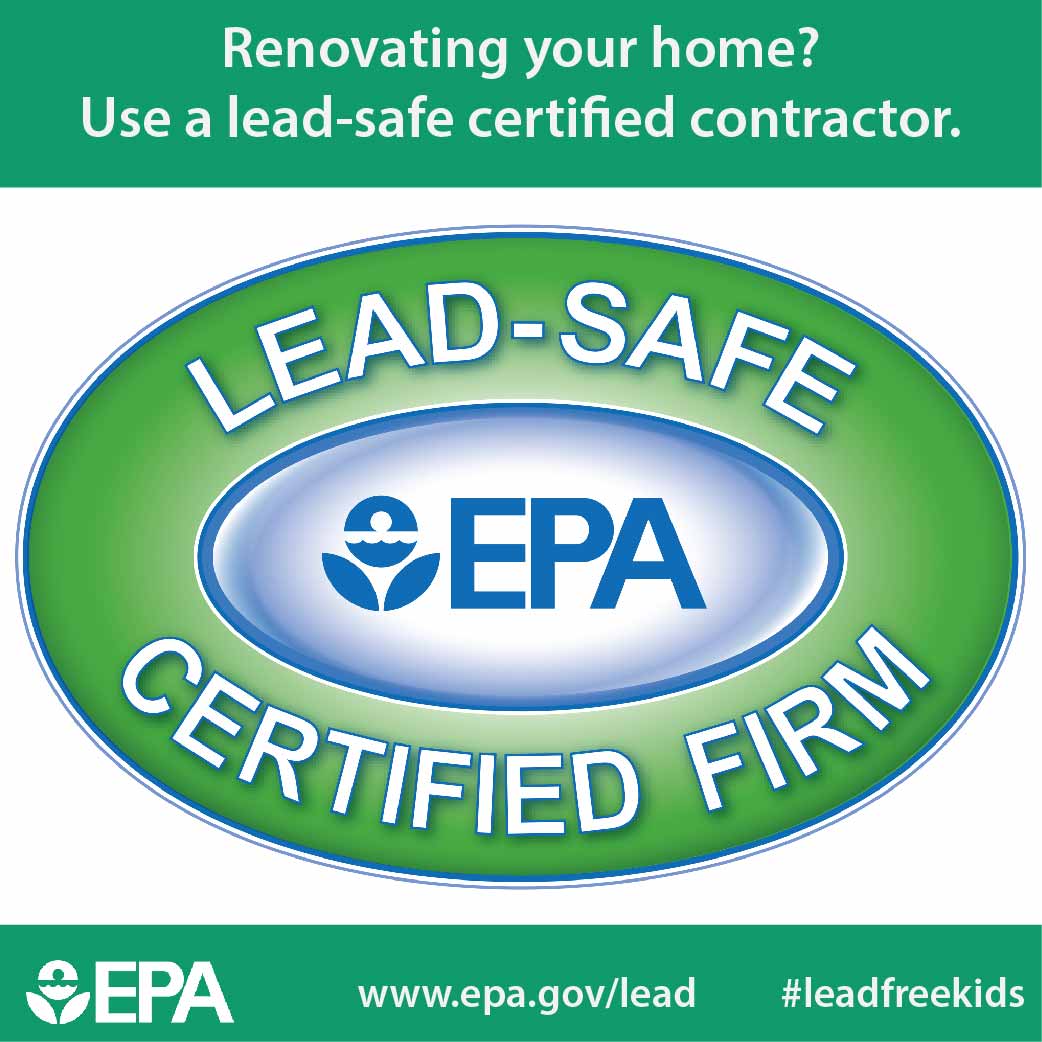Learn About The Ways In Which Seasonal Elements Can Impact The Success Of Industrial Exterior Painting And Determine The Very Best Times To Attain Enduring Results For Your Project
Learn About The Ways In Which Seasonal Elements Can Impact The Success Of Industrial Exterior Painting And Determine The Very Best Times To Attain Enduring Results For Your Project
Blog Article
Created By-Regan Rosendal
When you're intending an industrial exterior paint project, seasonal elements can make or damage your outcomes. You'll intend to take into consideration exactly how temperature and moisture impact paint application and drying times. Choosing the ideal period can guarantee your paint adheres properly and lasts longer. Yet which periods are absolutely the most effective for this type of job? Let's discover the crucial elements that can influence your project's success.
The Impact of Temperature Level on Paint Application
When you're planning a commercial external painting job, the temperature can considerably impact how well the paint sticks and dries.
Preferably, you want to paint when temperature levels vary between 50 ° F and 85 ° F. If it's also cool, the paint might not cure correctly, resulting in concerns like peeling or splitting.
On the flip side, if it's as well hot, the paint can dry out as well rapidly, stopping correct attachment and leading to an irregular finish.
You must likewise consider the moment of day; morning or late afternoon provides cooler temperature levels, which can be extra positive.
Constantly check the supplier's referrals for the specific paint you're making use of, as they commonly give support on the perfect temperature level range for ideal results.
Moisture and Its Impact on Drying Times
Temperature isn't the only ecological factor that influences your commercial exterior paint task; moisture plays a considerable role as well. High humidity levels can slow down drying times substantially, influencing the overall top quality of your paint job.
When the air is saturated with moisture, the paint takes longer to treat, which can result in issues like poor bond and a greater threat of mold development. If you're repainting on a particularly damp day, be gotten ready for prolonged delay times between layers.
It's essential to monitor regional weather conditions and strategy accordingly. Preferably, go for moisture degrees between 40% and 70% for optimal drying.
Maintaining these factors in mind ensures your project remains on track and supplies a long lasting coating.
Best Seasons for Commercial Outside Paint Projects
What's the most effective time of year for your industrial outside paint jobs?
ryan painting company and early fall are generally your best choices. During these seasons, temperature levels are mild, and humidity degrees are often reduced, creating ideal problems for paint application and drying out.
Avoid house color painting , which can trigger paint to dry also quickly, resulting in bad attachment and surface. In a similar way, winter's cool temperatures can hinder correct drying out and treating, taking the chance of the durability of your paint job.
Aim for days with temperatures in between 50 ° F and 85 ° F for ideal outcomes. Bear in mind to examine the local weather forecast for rain, as wet problems can spoil your task.
Planning around these elements ensures your paint task runs efficiently and lasts much longer.
Verdict
In conclusion, planning your industrial outside paint tasks around seasonal considerations can make a considerable distinction in the result. By scheduling job throughout the excellent temperature levels and humidity levels, you'll guarantee much better bond and drying out times. Remember to watch on regional weather prediction and pick the correct time of year-- springtime and early loss are your best choices. Taking these actions will help you achieve a long lasting and expert coating that lasts.
